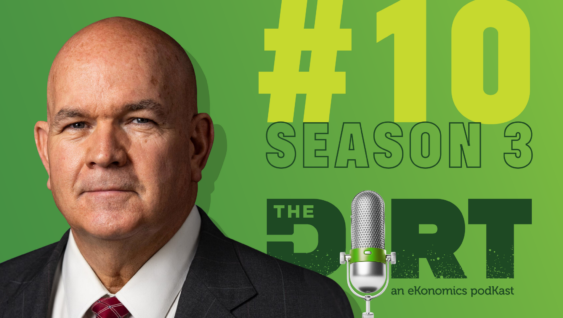Better Farming Talks “P” With Industry Experts
Why is phosphorus such an important macronutrient for crops? Dr. Karl Wyant, Director of Agronomy, Nutrien explains it in a recent issue of Better Farming this way. “If DNA is a ladder, P is the sides that hold the rungs together. Even plant cell membranes need phosphorus to compartmentalize specialized machinery and processes, which helps run the cell and, ultimately, grow the crop.”
However, phosphorus can be difficult for the plant to access, with some estimates of as little as 5-30 percent of the phosphorus fertilizer application in a year making it to the plant. Seed placing phosphorus is important and root uptake is the optimal way for plants to obtain P, as very little is absorbed through foliar application. However too much phosphorus can “tie up” other nutrients that a plant needs and render them unavailable to the crop.
Identifying deficient crops isn’t always easy according to Stacie Yaremko, manager of Agronomic Solutions with Nutrien Ag Solutions in Peace River, Alberta. “Deficiency can take on different traits: slow growth or establishment; purpling and/or stunting of plants; and delayed maturity.”
Demand for phosphorus continues to rise as it is used in a number of other industries, it is a non-renewable resource, and requires considerable energy and resources to refine. These are all factors in recent price hikes for growers.
“If producers have access to manure or compost, this is an excellent source of phosphorus,” said Yaremko. However, the special equipment required and transport costs can be limiting factors to this solution.
Soil testing to get optimal levels is highly recommended. “It is easier to maintain healthy phosphorus levels than to build up the soils that have become deficient,” said Yaremko. But there is an environmental risk in over-applying that should be avoided.
New technology and innovation are furthering the conversation on this critical resource said Dr. Wyant. “Fertilizer is only one piece of the chain. Farmers are looking at soil tests, applying smart, picking up new information and running with it. Conversations are changing for the better.”
Read the full article here.




